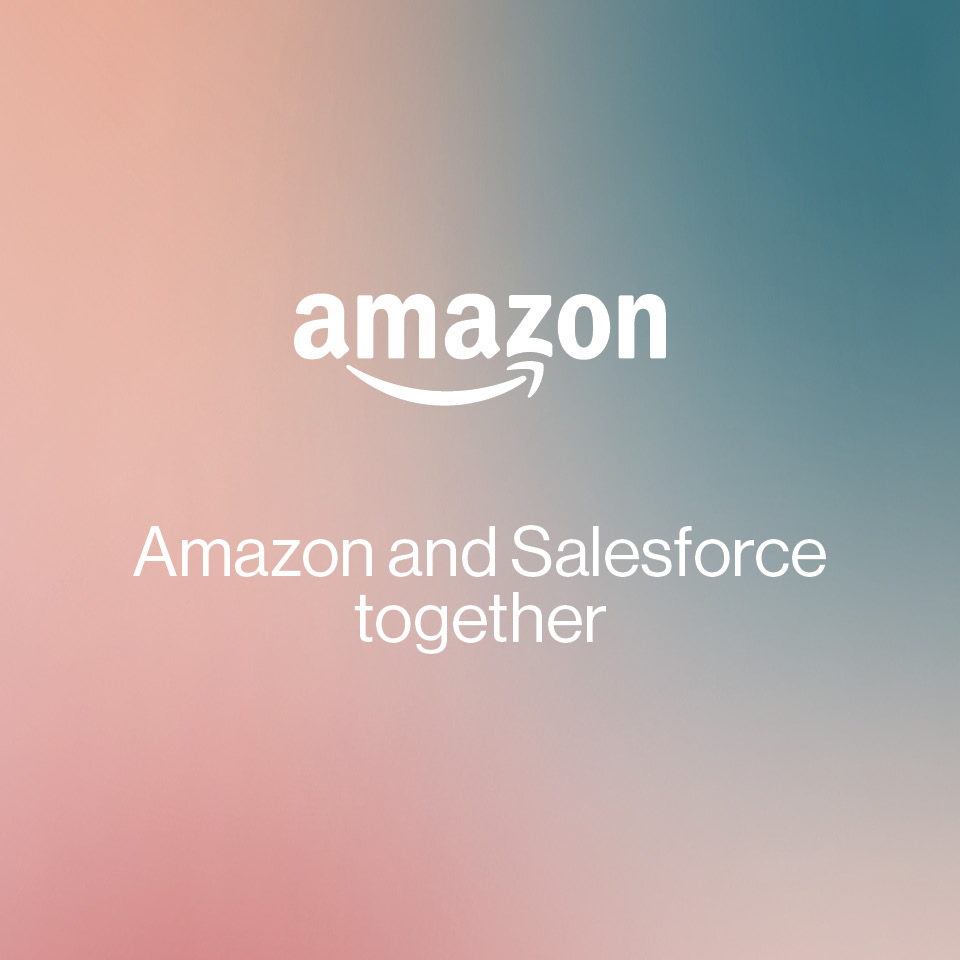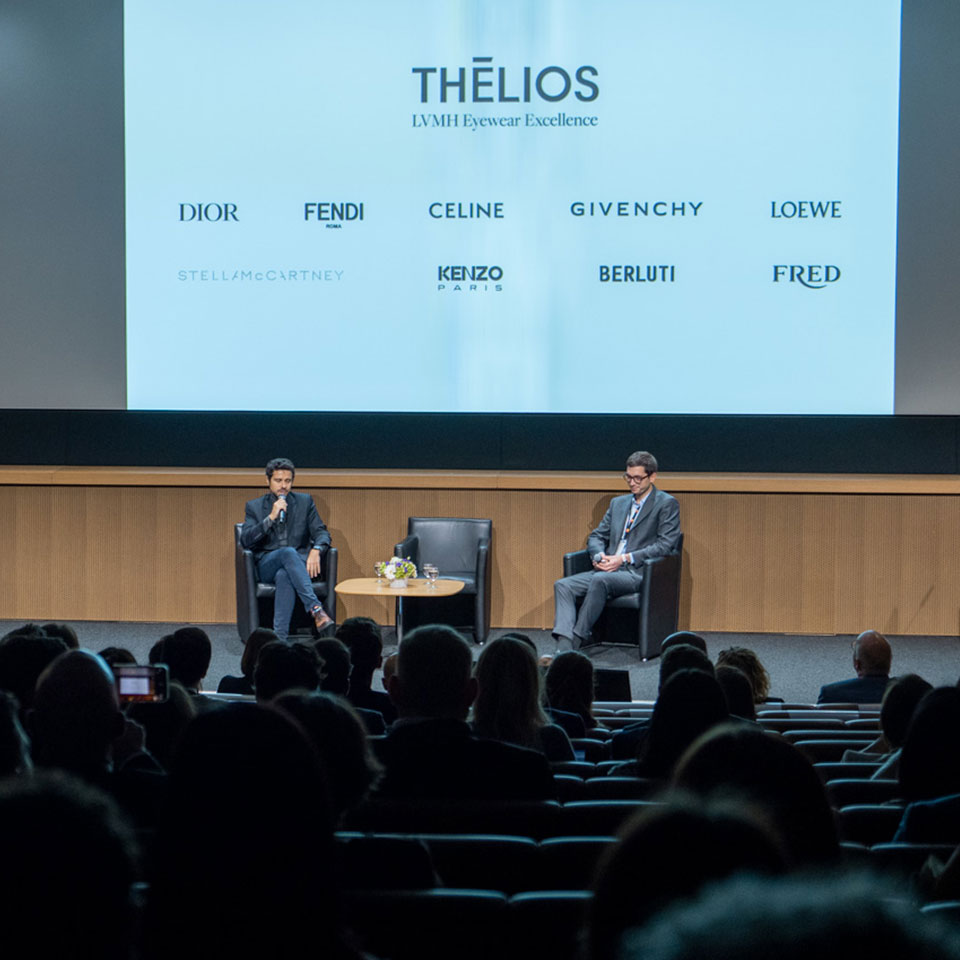
- Partnership
Derived from the integration of online and offline experiences, the new onlife trend is already visible in several instances of omnichannel implementation within a variety of industries, from retail and furniture to entertainment and gaming.

The streaming event entitled “The OnlifeRevolution: a journey through the integration between physical and digital” took place on Thursday 7 May 2021, organised by Alpenite in collaboration with Salesforce. The webinar hosted contributions from Julian Beccari and Alberto Bagato of Alpenite, together with Marco Barlaam of Salesforce, and discussed scenarios in which the physical and digital universes come together to offer users increasingly stimulating experiences in the world of Onlife Commerce.
Below is a brief collection of a few case studies involving important businesses that have brought an onlife spin to their experiences. If you weren’t able to take part in the event, you can watch the recording of the webinar at any time.
Keep up with technology: this is what today’s businesses have to do to satisfy the onlife consumer.
If we compare past and present, we can see just how fast progress is moving, and the gap between today’s most advanced technologies and those used a long time ago gives us the perception of what we’re experiencing today with regard to the use of those technologies: in this case, the Onlife Trend, in which the physical and digital universes overlap.
This is why today, if companies wish to remain competitive, they must always be up to speed with the latest technology trends, implementing them in their own systems wherever possible.
The omnichannel approach and a focus on experience
People used to collect objects, while today they collect shared experiences, and this has also transformed the sales process, shifting the focus from product to experience.
An example of this is GameStop, the top player in ‘retail mania’, which has recently increased its value, demonstrating in a sense that purchasing a share is an experience that gives you a role to play in the battle between small investors and the giants.
Before the advent of internet, there was only the physical channel, the telephone and the mail. Today, the main objective is an omnichannel approach, i.e. a company’s ability to provide the same sales experience at any touchpoint. For instance, all consumers have to do today is frame a simple QR code to take part in a survey, express their opinion or leave a product review.
What advantages are still to be had from shopping in a physical store as opposed to the onlife commerce experience?
The answer to the first question most commonly given in surveys is that the physical in-store shopping experience offers the possibility to try and touch the product, which is not possible for online purchases. It therefore appears clear that shopping in-store is not preferable to the alternative due to the inability to make the same transaction online – this barrier has now been overcome even by the less technologically minded – but because people remain faithful to the physical store and the possibility to verify, in real time, the quality of the product they intend to purchase.
Why shop online?
Similarly, if we are asked about the benefits of purchasing online, answers most frequently mention the extensive catalogue there is to look through, the variety of products, convenience and price. And the factors that come into play also include the opportunity to shop 24/7 and to compare prices.
What are the trends?
If we take a look at trends, the perfect experience is one that is able to fully integrate e-commerce with physical stores. IoT and AR/VR are the most advanced technologies that allow us to collect data on the customer experience; they are useful to offer new purchasing experiences, and allow us to increase the amount of product information available, for example using QR codes.
In the retail sphere, augmented reality today allows us to talk about a 360° shopping experience: shoppers can move around stores as if they were physically present, enjoying a virtual purchasing experience online that also engages the senses. Depending on where we look, how we move and what we touch, data is gathered on our behaviour. These technologies are not very widespread yet, but they are certainly growing rapidly, and top the list of consumer requests in the retail sector.
Augmented reality: some successful examples to improve the onlife consumer experience
Many companies have begun using augmented reality to promote their products or services. One case worth mentioning of this is lkea Place, the application made available by Ikea to make the most of the possibilities offered by augmented reality, offering customers the chance not only to make design choices for their homes, but to make life-size projects online.
Augmented reality for trying on shoes, with Nike Fit
The US multinational Nike has also been experimenting for years with augmented reality, and is starting to offer solutions based on this new technology: with Nike Fit, customers can see the shoe models they wish to try on their feet, and see how they look simply by taking a shot of their feet with their phone.
Chanel and the luxury boutique revolution
There are a number of ways to integrate e-commerce with physical stores to support the retail sector.
This opportunity has been exploited, for example, by the luxury boutiques of the Chanel brand, which has chosen to place QR codes next to the products so that customers can obtain more information without needing any consulting in-store, yet still have the opportunity to make more personal shopping choices.
Farfetch and Balenciaga: a new way to try on and display clothes online
The Farfetch platform also uses virtual and augmented reality, creating try-on experiences for customers for a selection of e-commerce products, in order to allow them to make more informed purchasing choices and see how clothing and accessories fit and look “live”.
Another successful example of how augmented reality can be used in the fashion sector is provided by the Balenciaga brand, which during lockdown presented its new collection with a dystopic video game in which players were able to interact with the models and move from one room to another, depending on the mission to be completed.
Burberry’s first Social Retail Store in China
Also in the retail sector, we cannot fail to mention Burberry, which in partnership with Tencent has opened the first Social Retail Store in Shenshen, China’s Silicon Valley. This 539-square-metre, ten-room store embraces the concepts of social retail, i.e. the integration of physical stores with online tools and digital channels. How does it work? This store attempts to connect online life with in-store life, so that one can add value to the other: customers can interact in the store through a dedicated chatroom where they can take notes, try on items, chat with customer service and find out about new products; the more the customers interact with Burberry, the more points they earn through the brand’s “social currency”.
All the Disney Experience in a bracelet
Augmented reality is also gaining increasing ground as a solution in the field of entertainment: Disney has used RFID technology to revolutionise access to and use of its large theme parks. This has already occurred in the “My Disney Experience” in the Disney Resort in Orlando, thanks to the MyMagic+ project, which involves the use of an electronic bracelet equipped with a radio frequency identification system, the MagicBand, which the park’s customers can use to book tickets, buy popcorn, interact with the performers and avoid the queues.
Virtual experiences you can taste with Oreo Vinyls
The numerous examples also include Oreo, which, in collaboration with Alibaba and WeChat, has created Oreo Vinyls, the biscuits you can listen to on a mini record player. This surprising idea of completely edible biscuits that can be listened to on a mini record player was developed by the Hong Kong agency Dimension. The ‘Oreo Vinyl’ pack includes a mini record player that can be used to listen to four different versions of the Oreo jingle, in different musical styles: jazz, electronic, classical and Chinese.
Pokemon Go and geolocated augmented reality
Lastly, we cannot fail to mention an exceptional case in 2016: Pokemon Go, the free-to-play smartphone video game based on geolocated augmented reality, downloaded more than 75 million times. The advantage of the type of technology used in this famous game, which allows users to train and capture Pokémon, is that it is particularly accessible, because all it requires is the use of a smartphone and a dedicated app: it is sufficient to frame the surrounding area with the phone camera to access all the content offered by the software.
Conclusion: each experience has its design to be created
‘Onlife’ is a neologism that indicates the blurring of the line that separates the physical and digital universes. The onlife experience is a dynamic process that evolves in time and space, and this is what it must be designed for. Onlife commerce makes for more complex experiences, and therefore also transforms user experience design, turning it from the design of objects to the design of actual large ecosystems. It consists of designing these experiences by connecting products, places, services and people, almost as if they were instruments that form an orchestra: the more different elements are mixed together, the more innovative music they will produce.


